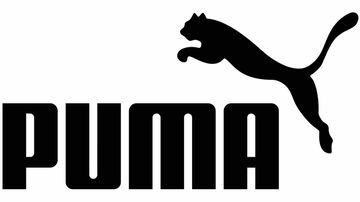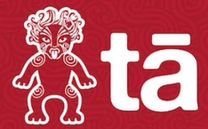PURPOSE: i) to investigate the effect of age on gender difference in Hawaii Ironman triathlon performance time, and ii) to compare the gender difference between swimming (3.8 km), cycling (180 km), and running (42 km) performances as a function of age.
METHODS: Gender difference in performance times and estimated power output in the three modes of locomotion were analysed for top 10 men and women amateur triathletes between 18 and 64 yrs of age for three consecutive years (2006 to 2008).
RESULTS: The gender difference in total performance time was stable until 55 yrs of age and then significantly increased. Mean gender difference in performance time was significantly (P < 0.01) smaller for swimming (mean +/- CI 95%: 12.1 +/- 1.9%) compared to cycling (15.4 +/- 0.7%) and running (18.2 +/- 1.3%). In contrast, mean gender difference in cycling estimated power output (38.6 +/- 1.1 %) was significantly (P < 0.01) greater compared to swimming (27.5 +/- 3.8 %) and running (32.6 +/- 0.7 %).
CONCLUSION: This cross-sectional study evidenced that gender difference in ultra-endurance performance such as an Ironman triathlon was stable until 55 yrs of age and then increased thereafter and differed between the locomotion modes. Further studies examining the changes in training volume and physiological characteristics with advanced age for men and women are required to better understand the age-associated changes in ultra-endurance performance.
 Lepers & Maffiuletti MSSE 2011
Lepers & Maffiuletti MSSE 2011






